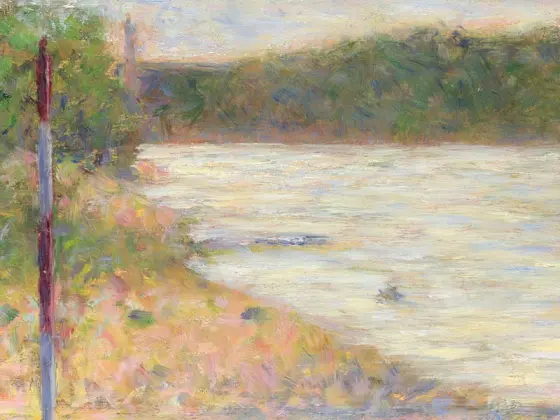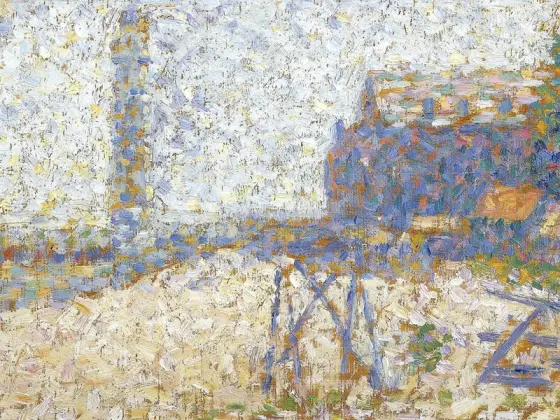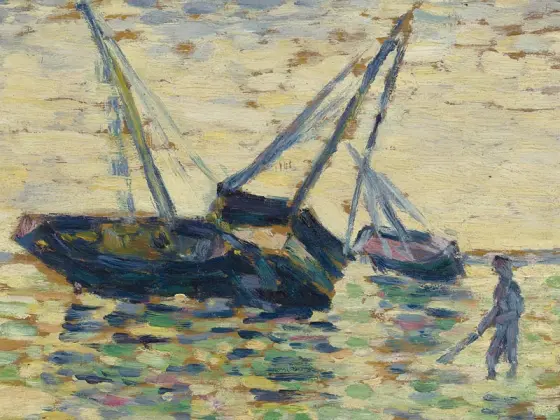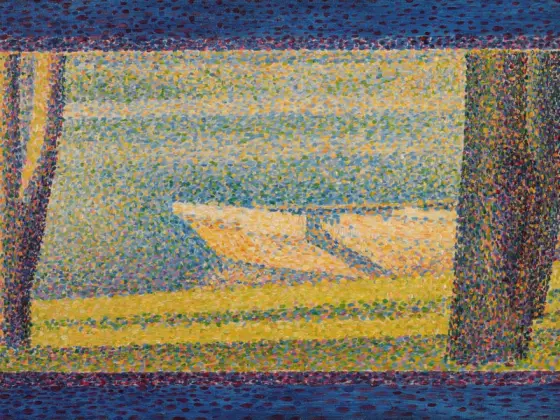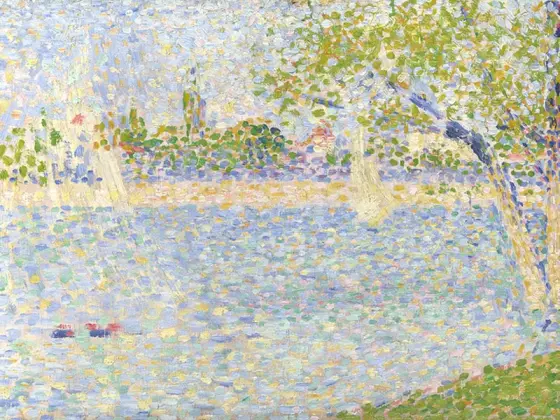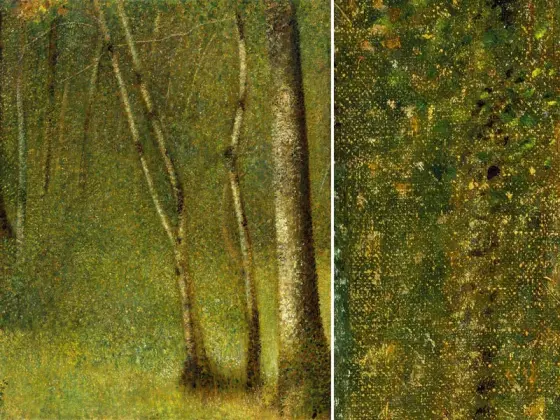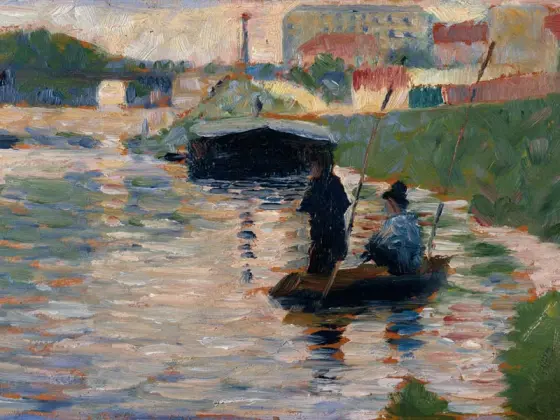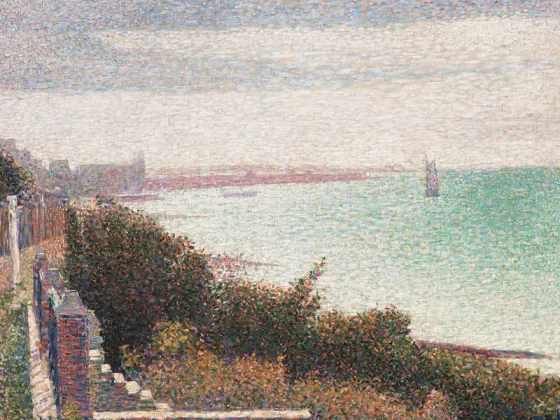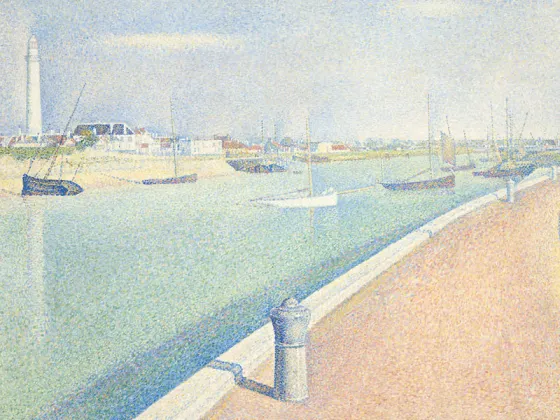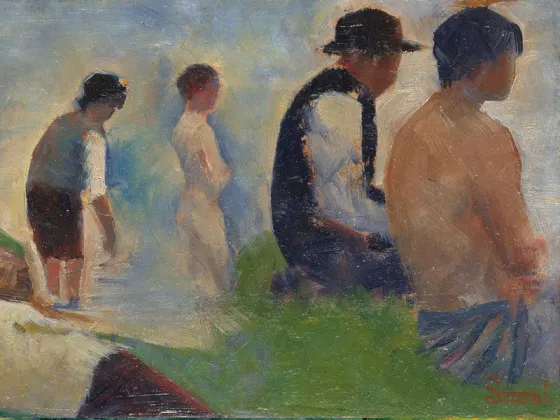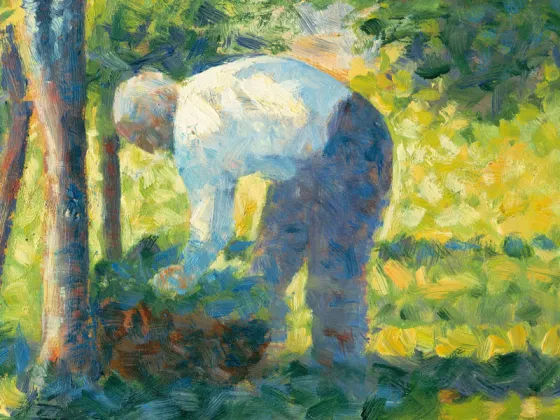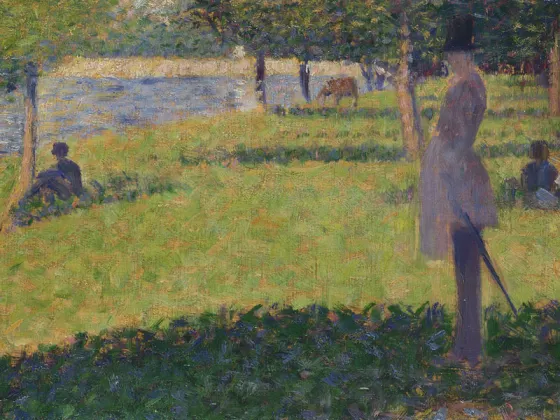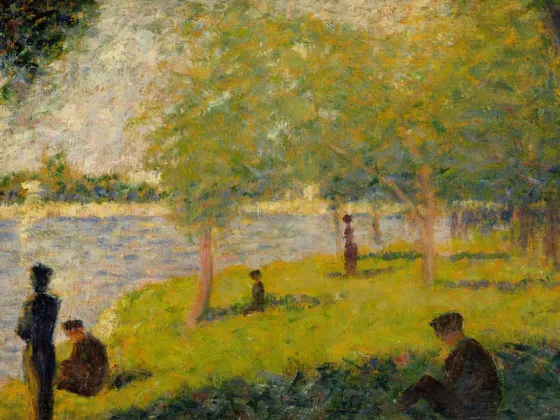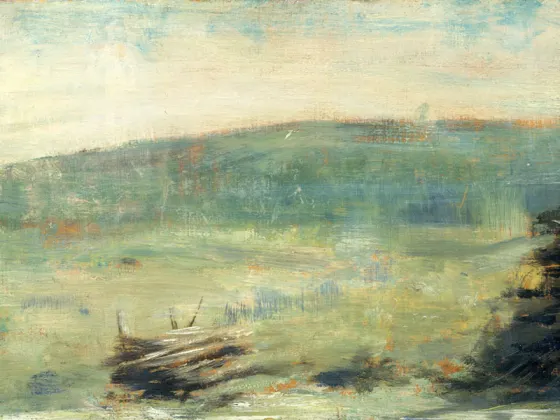乔治·修拉《马戏杂耍》
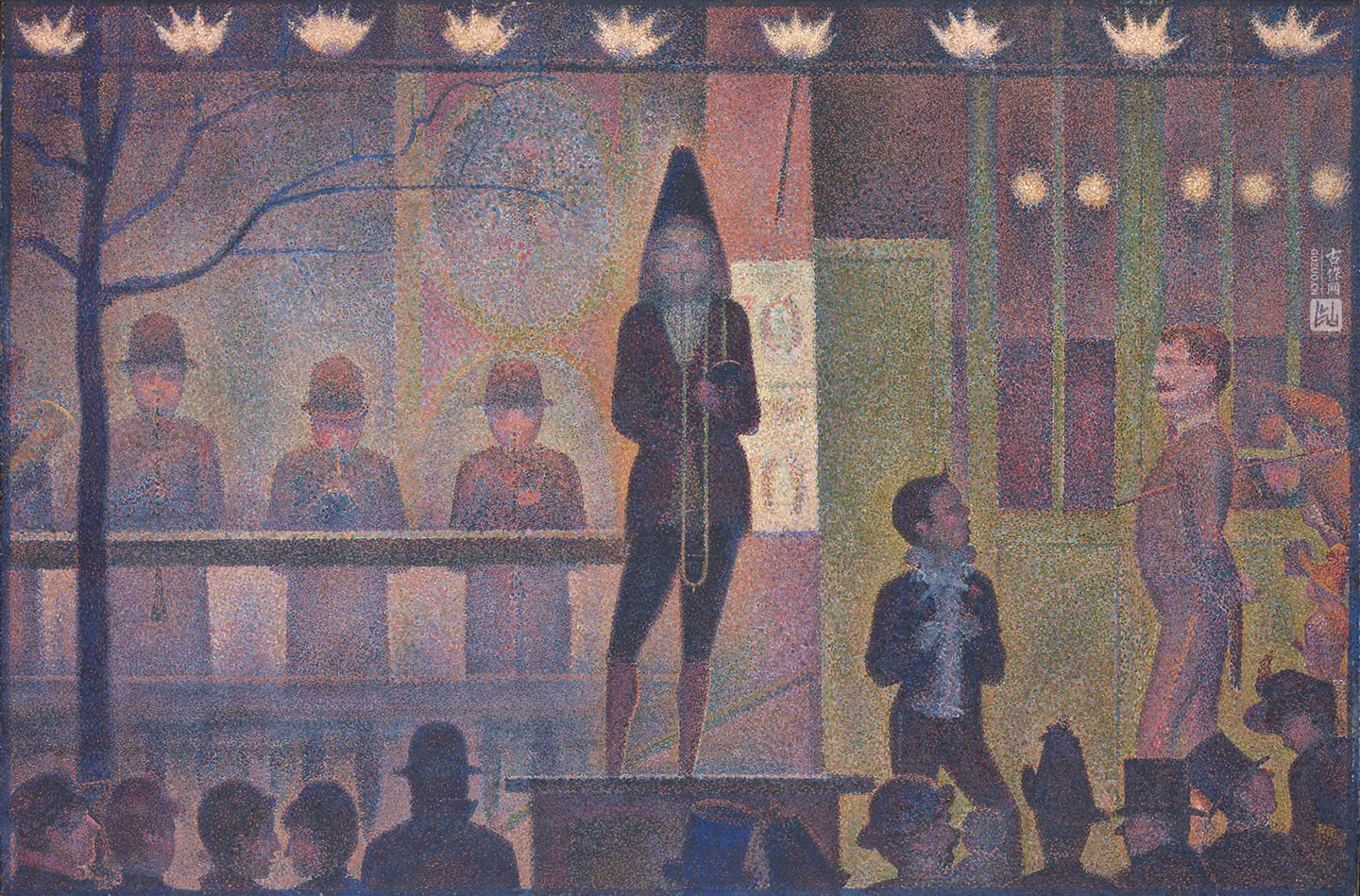
局部细节 / DETAILS
作品简介 / INTRODUCTION
作者: 乔治·修拉(Georges Seurat)
标题: Circus Sideshow
原始标题: La Parade
日期: 1888年; France
风格: 点彩画, 新印象派
艺术类型: 风俗画
媒材: 油彩, 画布
地点: Metropolitan Museum of Art (Met), New York City, NY, US;大都会艺术博物馆
尺寸: 100 x 155.5 cm
Parade de cirque (English: Circus Sideshow) is a 1887-88 Neo-Impressionist painting by Georges Seurat. It was first exhibited at the 1888 Salon de la Société des Artistes Indépendants (titled Parade de cirque, cat. no. 614) in Paris, where it became one of Seurat's least admired works. Parade de cirque represents the sideshow (or parade) of the Circus Corvi at place de la Nation, and was his first depiction of a nocturnal scene, and first painting of popular entertainment. Seurat worked on the theme for nearly six years before completing the final painting.
Art historian Alfred H. Barr Jr. described Parade de cirque as one of Seurat's most important paintings, its 'formality' and 'symmetry' as highly innovative, and placed it as "the most geometric in design as well as the most mysterious in sentiment" of Seurat's major canvases.
《马戏杂耍》是乔治·修拉于1887-88年创作的一幅新印象派油画。它于1888年在巴黎的独立艺术社会沙龙(Salon de la Sociétédes Artistes Indépendants)首次展出,成为修拉最不受欢迎的作品之一。《马戏团游行》代表了科尔维马戏团在国家广场的杂耍,是他对夜间场景的第一次描绘,也是他对流行娱乐的第一幅画。修拉在完成最后一幅画之前,对这个主题进行了近六年的研究。
艺术史学家小阿尔弗雷德·H·巴尔(Alfred H.Barr Jr.)将《马戏团游行》(Parade de cirque)描述为修拉最重要的画作之一,其“形式”和“对称”极具创新性,并将其视为修拉主要画布中“设计上最具几何性,情感上最神秘”的作品。
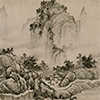 高清国画
高清国画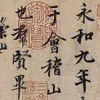 书法字帖
书法字帖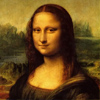 高清油画
高清油画


